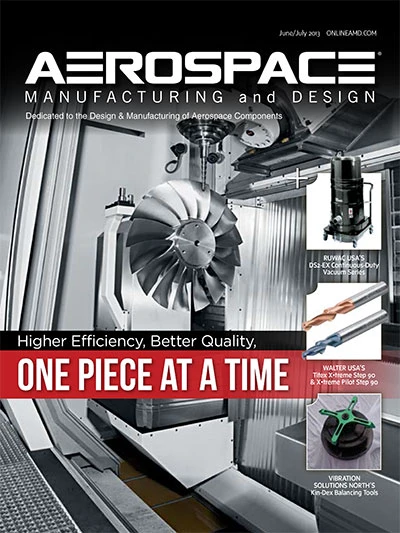Small, Tactical UAS Achieves Milestone C Approval
A small, tactical UAS from Insitu has been approved to begin the process of entering initial operational test and evaluation (IOT&E).
The company’s RQ-21A reached Milestone C under the Small Tactical Unmanned Aircraft System (STUAS) contract with Naval Air Systems Command (NAVAIR), enabling the program to transition from engineering, manufacturing, and development phase to low-rate initial production, and to enter IOT&E.
NAVAIR awarded the STUAS contract to Insitu in 2010 to develop the RQ-21A. In 2012, the program successfully completed land-based-developmental testing and operational assessment, and in early 2013, the program conducted its first maritime flight. www.insitu.com
3D Printing Produces UAS Prototypes
Survey Copter is using Stratasys’ 3D printing technology to produce prototype and short-run component parts for mini-UAV systems.
Although the company usually outsources its prototype requirements, Survey Copter turned to Stratasys for an in-house solution that could reduce costs and ensure greater efficiency and autonomy, meaning the company could produce small quantities rapidly, within 24 hours.
The Stratasys Fortus 400mc and Dimension Elite 3D printers are used to produce component parts for the company’s mini-UAV systems, including both helicopter and fixed-wing variants weighing up to 30kg and 10kg, respectively. www.surveycopter.fr/english/home.html
Northrop Grumman’s Triton Completes Flight
The MQ-4C Triton high-altitude UAS completed its first flight, in late May, from the company’s manufacturing facility in Palmdale, Calif.
The one-and-a-half hour flight was conducted by a Navy and Northrop Grumman flight test team. Additional flight tests will take place from Palmdale to mature the system before being flown to the main flight test facility at the Naval Air Station, Patuxent River, Md., later this year.
Designed to fly surveillance missions up to 24 hours at altitudes of more than 10 miles, the Triton can cover out to 2,000 nautical miles, and its sensors can detect and automatically classify different types of ships. www.northropgrumman.com
HFE Range Heavy Fuel Engines for UAVs
A German-based company has developed a new range of 10 heavy fuel engines, designed to increase reliability and reduce fuel consumption by 20% compared with gasoline engines of the same class.
3W engineers have designed and produced high-quality 2-stroke engines for the past 25 years, and the new models in the HF engines range feature a modified air intake system, fuel injection, patented 3W-muffler, and patented pre-heating crankcase solution.
The majority of 3W’s HF engines with a cylinder capacity greater than 34ccm are produced in Twin Spark (TS) versions for advanced engine reliability and safety. The TS engines enable the second ignition to run autonomously in the event of first ignition failure, allowing the engine to run further with 100rpm to 150rpm, depending on the type of engine. www.3w-international.com

Explore the July 2013 Issue
Check out more from this issue and find your next story to read.
Latest from Aerospace Manufacturing and Design
- AAMI project call submission deadline extended to May 12
- Jergens launches cast iron tooling column additions
- Airbus to acquire assets relating to its aircraft production from Spirit AeroSystems
- FANUC America's Cobot and Go web tool
- Chicago Innovation Days 2025: Shaping the future of manufacturing
- High-density DC/DC converters for mission-critical applications
- #59 - Manufacturing Matters: Additive manufacturing trends, innovations
- ACE at 150: A legacy of innovation and industry leadership





